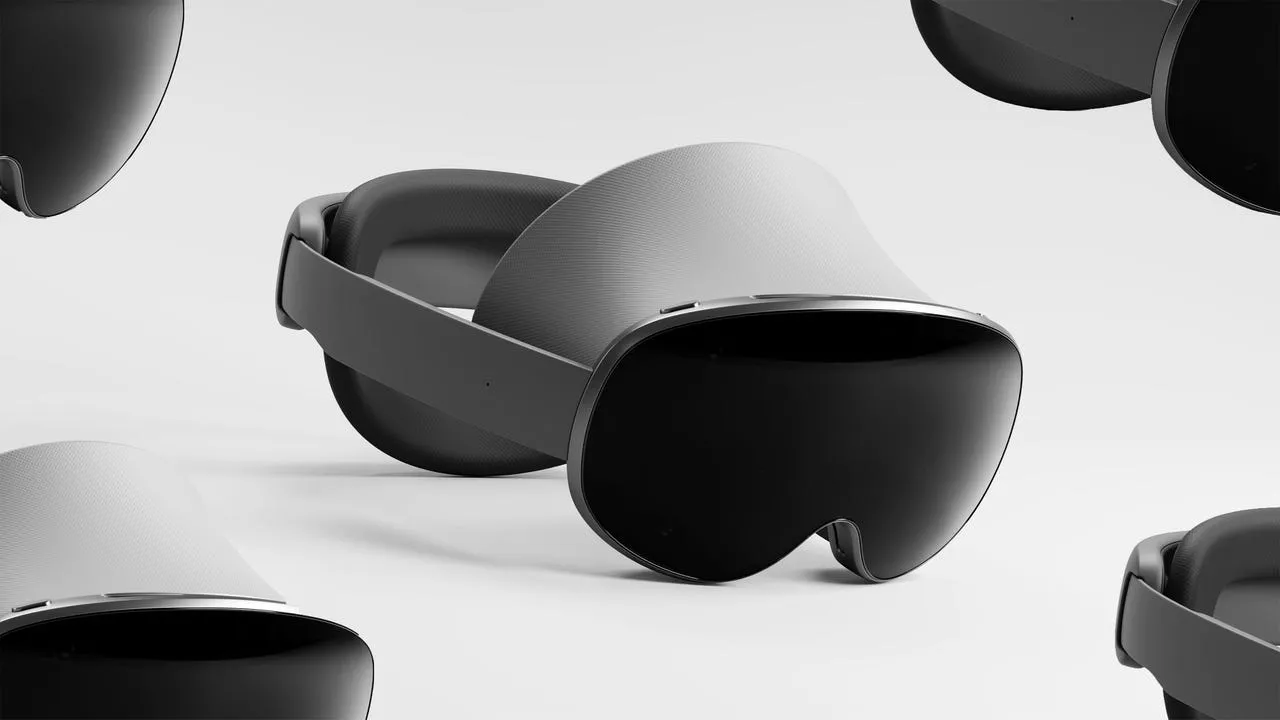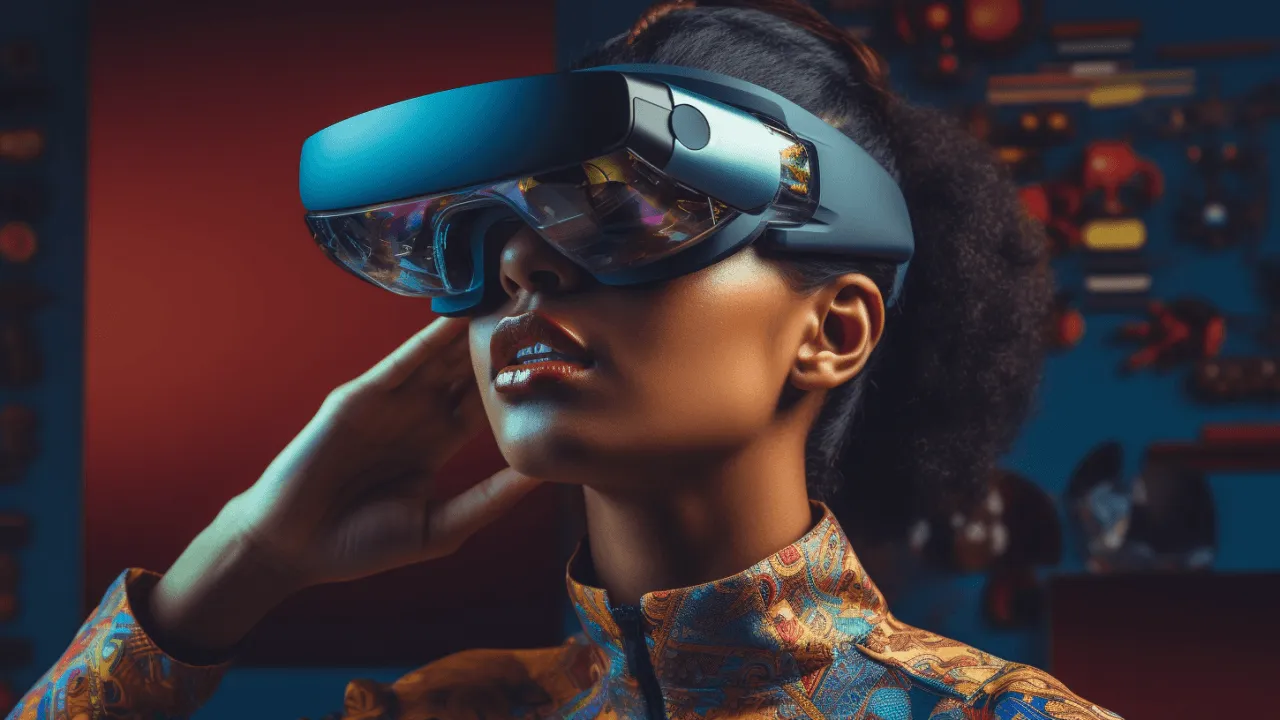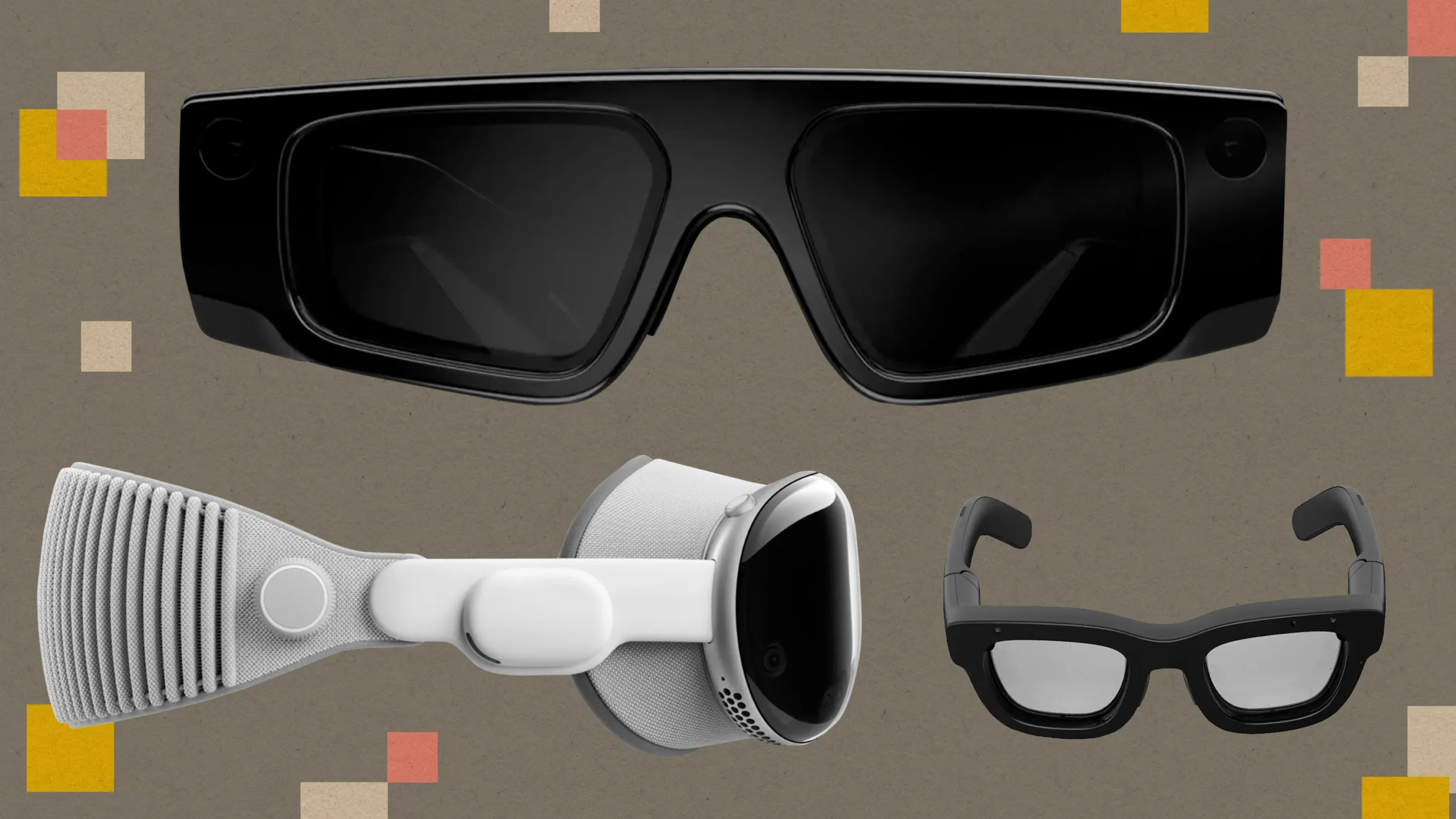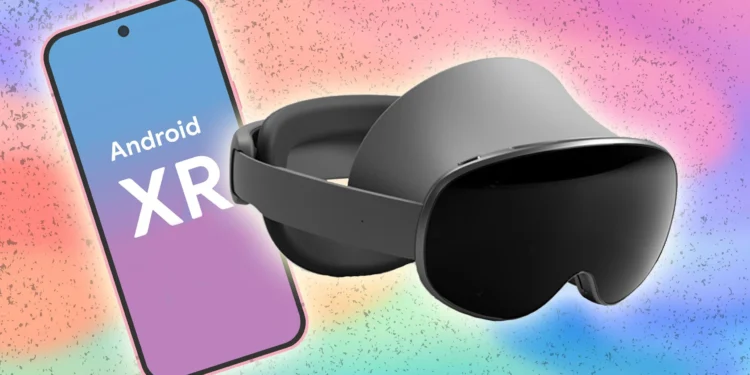Google recently unveiled its prototype Android XR smart glasses at the TED Conference in Vancouver, providing the first public glimpse of what could soon become a groundbreaking piece of wearable tech. Shahram Izadi, the head of AR and VR initiatives at Google, took the stage at TED wearing what appeared to be an ordinary pair of glasses, but they were far from typical. These were the Android XR glasses, an exciting new addition to the rapidly evolving Extended Reality (XR) space.

What Makes Android XR Glasses Stand Out?
Unlike traditional bulky XR headsets, Google’s Android XR glasses boast a sleek and lightweight design, making them far more accessible for daily wear. Built to integrate with Google’s AI, Gemini, these glasses are poised to offer a variety of advanced features aimed at revolutionizing how we interact with technology.
Key highlights of the glasses include live translation, real-time object recognition, and the ability to support various apps. What makes these glasses even more exciting is their unique reliance on a paired smartphone to handle most of the heavy processing, keeping the glasses themselves light and comfortable to wear.
Izadi emphasized the potential of the Android XR glasses to serve as a whole new interface for users, saying, “These glasses will change the way you interact with technology, from launching apps to navigating with Google Maps projected right in front of you.”
The glasses are designed to be highly versatile, with features such as Circle to Search, gaming, and data management. Early reports also suggest that Android Auto might soon add support for smart glasses, bringing seamless integration with in-car tech.
How Do Android XR Glasses Work?
The Android XR glasses are powered by a built-in camera, an in-lens display, a mic, and speakers. These components work in conjunction with your smartphone, which does most of the processing. This design keeps the glasses lightweight and unobtrusive, while still offering the powerful features of more complex XR headsets.
During the TED demonstration, Izadi showcased a variety of use cases for the glasses, including real-time language translation and object recognition. One example involved the glasses translating spoken Farsi to English right before the audience’s eyes. Another demonstrated how the glasses could scan a book’s content, instantly displaying relevant information on the in-lens display.

The glasses also featured a memory function powered by Google’s AI. Izadi explained, “This feature allows the glasses to recall what the camera saw in the recent past, making it easier to retrieve information without needing to ask or search again.”
Could Google’s Android XR Glasses Ever Hit the Market?
While it remains unclear whether Google will release the Android XR glasses under its own brand, the company’s deep involvement in their development is undeniable. Several publications have already had the chance to experience the prototypes firsthand, and there are various versions of the glasses in the works, ranging from classic eyeglass styles to sunglasses. Google is also considering adding prescription lenses as part of the offering.
These glasses are not only designed for tech enthusiasts but also for those who rely on wearable tech for everyday tasks. They are expected to enhance productivity, making daily activities like navigating, learning languages, and even playing games more seamless and immersive.
Samsung Is Preparing a Competitor: “Haean” Smart Glasses
Though Google is keeping its plans for the Android XR glasses under wraps, Samsung is moving forward with its own smart glasses. According to recent reports, the tech giant is gearing up for a dual launch, featuring its Project Moohan headset alongside a pair of smart glasses codenamed “Haean.”
The Haean smart glasses are expected to prioritize comfort and fit, with multiple cameras and sensors to track movement and improve user interaction. Samsung’s entry into the smart glasses market may hasten the widespread adoption of XR technology, offering consumers a diverse range of options to choose from.

The Future of Wearable Tech and XR
With companies like Google and Samsung pushing the boundaries of what wearable tech can achieve, the future of XR glasses is looking increasingly promising. Whether through real-time translation, augmented reality apps, or seamless integration with other smart devices, these glasses could soon become a staple in the world of consumer tech.
As for Google’s Android XR glasses, they remain in the prototype phase, but the potential is undeniable. If Google chooses to bring them to market, they could set a new standard for wearable, XR-powered experiences.










